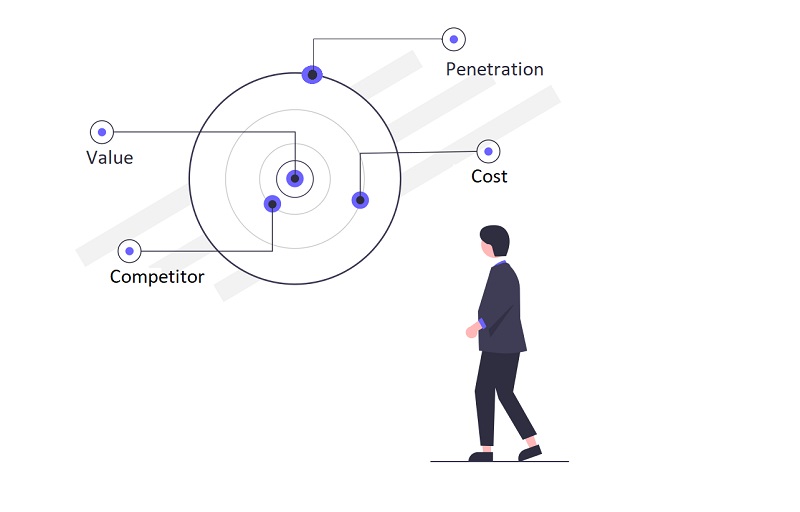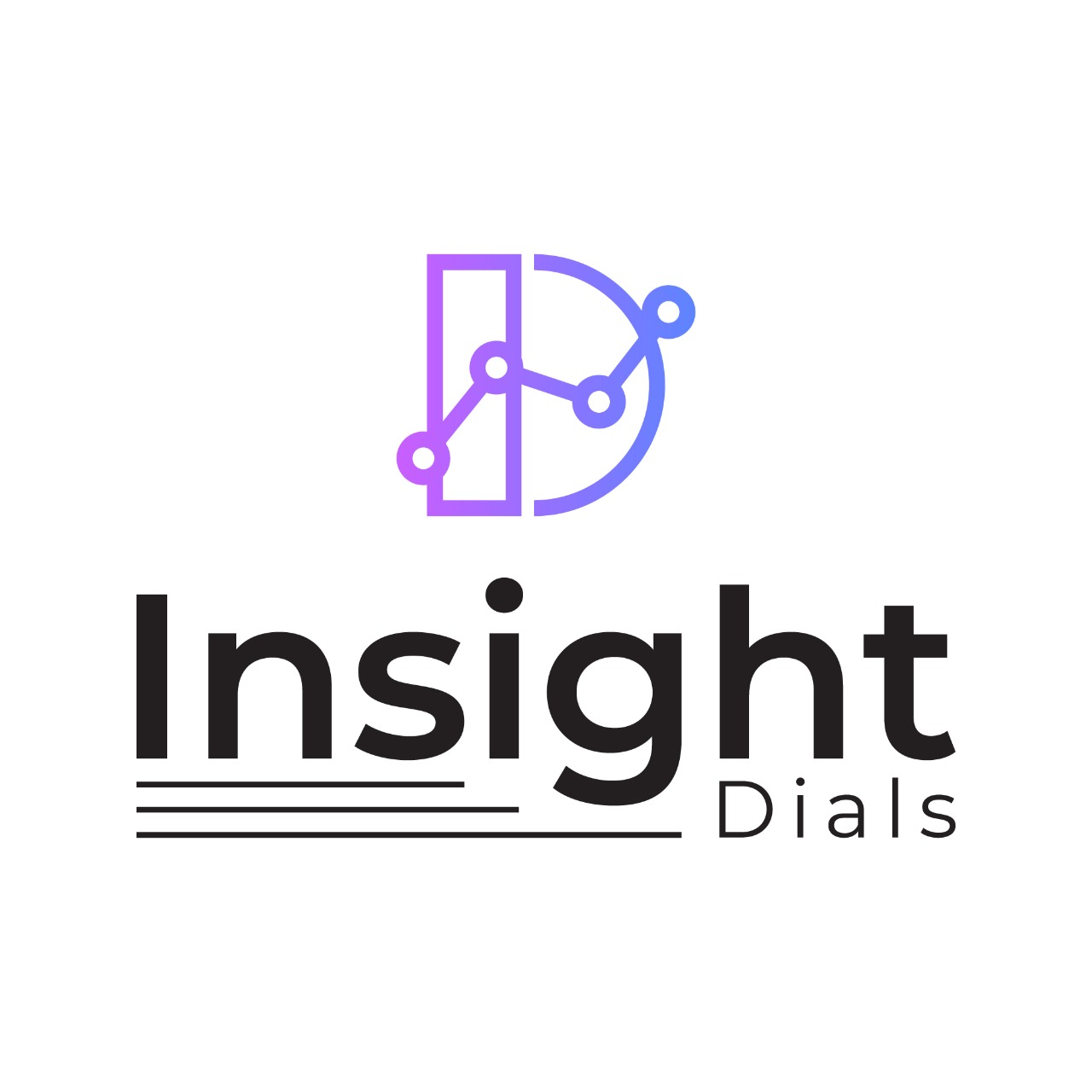
SaaS pricing is a software pricing model in which users pay for online software usage on a subscription basis. Prices are influenced by target audiences, revenue goals, and the marketing strategy for the product or service. A correct SaaS pricing accomplishes two goals: it adds value to consumers and offers businesses a competitive advantage in the market. Businesses seeking to buy SaaS software don’t want to feel like they’re paying for something they’re not receiving. You want them to think about their choice and say it was worthwhile. You’ll be viable market competitors if you use a pricing plan that gives the optimum cost-to-value ratio.
SaaS Pricing Strategies
Cost-Based Pricing
Cost-based pricing is a fundamental method. Companies will assess the expenses of delivering a service, such as product development and personnel salaries, and increase that figure by a particular percentage point to secure a return on their investment.
It’s easy to comprehend and calculate. There isn’t a lot of heavy lifting here. However, Costs are difficult to anticipate in advance, and there’s no way of knowing if your sales will cover all of your costs. Problems may occur, causing your initial estimates to be thrown off, and you may lose money.
Competitor-Based Pricing
The use of competitor prices as a standard is known as competitor-based pricing. This technique is an effective way for organisations to promote new SaaS services. For an organization, service hasn’t been on the market long enough for customers to attest to its worth. Also, organizations may not be aware of all of the costs associated with offering the service since the programme is so new. In this scenario, examining a competitor’s pricing points might help you figure out what your prices should be, since you don’t want to start too high and frighten away buyers, or go too cheap and have people doubt your product’s worth.
Pricing depending on competitors is simple. If you go to a competitor’s website, you should be able to see their price easily. You’ll probably acquire consumers if you price your goods somewhere in the middle of your competition.
Freemium Pricing
Freemium pricing is a prevalent SaaS pricing approach in which a restricted version of a product is offered for free in order to promote sign-ups. While the free version can be used for a long time, advanced capabilities are usually restricted unless the user converts to a premium membership. Users become paying subscribers when they are ready to upgrade.
This is the simplest and most basic strategy on the list and it is widely utilised. Freemium pricing is used by the world’s largest SaaS companies, such as Google and Spotify. This demonstrates that it is a viable strategy for acquiring new clients and expanding your SaaS business.
However, a consumer may stay on a free membership indefinitely if you provide a solid free product. As a result, it’s critical to limit beneficial functionality without causing frustration to the user. You risk driving people away from your platform if you lock down too many functions behind a paid membership. As a result, finding the correct balance is crucial.
Penetration Pricing
Penetration pricing is a form of promotional pricing strategy in which a firm lowers its prices momentarily in order to stimulate demand. Yes, it’s possible to implement, but only if your SaaS product is brand new and untested. This price strategy might be useful for getting people to take action right away. However, in the long run, a different pricing strategy may require. A constant penetration pricing strategy may lead customers to believe that your service is failing to gain traction, causing them to doubt its worth.
The penetration pricing model can be beneficial, but it should be viewed as a stepping stone to a more robust and well-established pricing approach.
Value-Based Pricing
When items and services are priced based on how much value they will deliver to their target audience and how much they believe it is worth, it is known as value-based pricing. This approach focuses on what the target audience wants from the programme or product, not on a company’s expenses or rivals’ prices.
You may price your service higher than your rivals and produce more income; if clients are prepared to pay for it because they recognise its worth. If you need to make improvements or updates to your service, this model also allows for pricing re-evaluation.
Yes, this strategy can be implemented, but it’s a more difficult SaaS pricing plan to deploy. It takes a significant amount of time and effort to figure out who your consumers are, what they want, and how much they are prepared to spend.
On the plus side, spending time getting to know your clients and communicating with them; may help you build relationships with your target market. If consumers believe you care about their experience with your service; they may consider it when evaluating the worth of your product.
Getting Your SaaS Pricing Strategy Just Right
A SaaS product or service’s pricing is determined by two factors: charging for value and targeting the correct audience. Customers will thank you for acquiring your service if you conduct thorough research on these criteria. It’s critical to remember that when your company grows and new software is released, costs may need to be adjusted. In the end, all SaaS businesses will select a pricing model and strategy that best suits their needs. Customers will enjoy your rates and subscribe to your service if you put effort into your plan.

